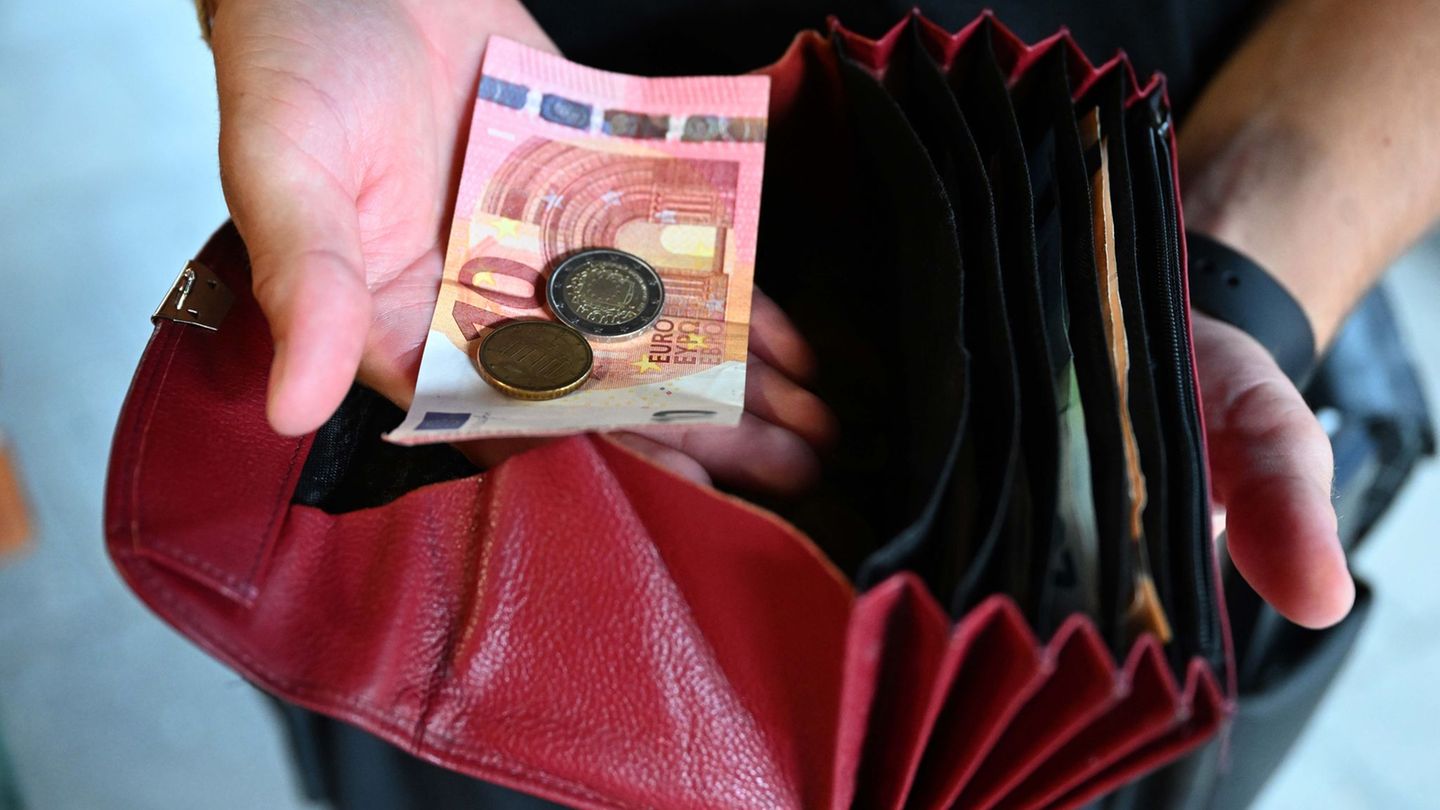Consumer prices have risen sharply recently. And many companies have also planned price increases for the coming months. Two areas in particular are in focus.
Now it is also officially confirmed: inflation is back in Germany. As the Federal Statistical Office announced on Wednesday, consumer prices rose last year more than at any time since 1993. The increase in 2021 was 3.1 percent, and in December the inflation rate was even 5.3 percent compared to December 2020. The political goal is actually a value of two percent.
The exciting question now is how things will continue in 2022: will prices continue to rise or will things calm down? Because some, but not all, inflationary effects are classified by experts as temporary. The reversal of the VAT reduction, for example, will no longer have a statistical effect on inflation in 2022. And the restart of the economy after the sometimes tough lockdowns in the first year of Corona is also considered a special effect.
“Increasingly crisis-related effects”
Nevertheless, it should not be over so quickly with the inflationary rising prices. Because in addition to temporary factors, there are also “increasingly crisis-related effects,” says the head of the Federal Statistical Office, Georg Thiel. These include delivery bottlenecks and scarce raw materials and preliminary products.
This fits in with what the Munich ifo Institute reports: the economic researchers survey 7,000 companies every month whether they expect rising prices. Almost 45 percent of companies want to raise prices in the next three months, and in retail the figure is even 60 percent.
Timo Wollmershäuser, head of ifo economic forecasts, is therefore certain: “It will have an impact on consumer prices.” The ifo researcher also expects inflation rates of more than four percent for the coming months. Only towards the end of the year does the two percent mark come into sight again.
Energy remains expensive
Such average values are one thing. In fact, inflation is affecting consumers particularly badly in a few areas. Energy prices are and will remain the biggest driver of inflation. While these were still declining in 2020 with the corona-related flagging of the economy, they shot up all the more violently in 2021. In addition to the exploding market prices, there is also the new CO tax. On average, energy products became 10.4 percent more expensive last year. This particularly affected heating oil, which became around 42 percent more expensive, and motor fuels, which rose by almost 23 percent.
The ifo researchers expect that companies will continue to pass on the increased energy costs to consumers in the coming months. Even if the stock market prices for natural gas, electricity and crude oil do not continue to rise, the higher prices will keep inflation rates high for a while, says Wollmershäuser. On average, consumers would have to spend ten percent more on energy this year than they did last year.
Further price jumps are also possible in 2022. It is true that households will be relieved somewhat by reducing the EEG surcharge for electricity. But the politically set CO2 price should continue to rise and the conflict with Russia could further exacerbate the gas shortage.
Food in focus
Rising food prices could also become an issue this year. By the end of the year, many foods had already become significantly more expensive. Vegetables, for example, were ten percent more expensive in December than a year earlier. Nevertheless, climate-damaging foods in particular are still considered too cheap in Germany. Agriculture Minister Cem Özdemir has declared war on “junk prices” and animal products could be made more expensive with an animal welfare tax and similar political projects.
According to Claus Niegsch, economist at DZ Bank, the costs for agriculture are likely to continue to rise due to higher fuel and fertilizer prices and initiatives for more animal welfare. “For the time being, a quick end to the price increases for food is not to be expected.” However, more expensive prices are likely to catch the eye of customers in the supermarket, especially for individual products. On average, the bank’s analysts expect food prices to rise by 3 percent this year.
Sources: / /
Source From: Stern
Jane Stock is a technology author, who has written for 24 Hours World. She writes about the latest in technology news and trends, and is always on the lookout for new and innovative ways to improve his audience’s experience.




